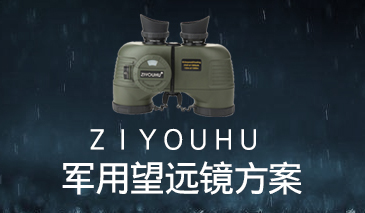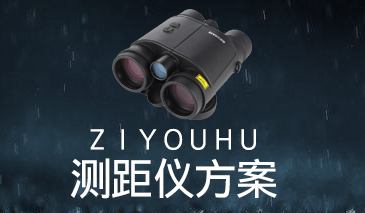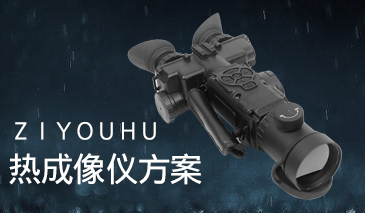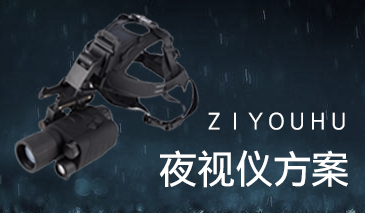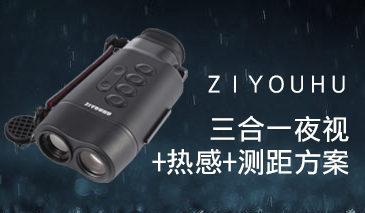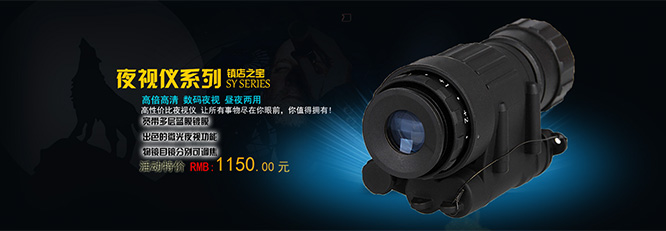-
242012-07outburst special supervisory notice
National coal mine safety supervision bureau about fight and coal and gas outburst special supervisory notice
National coal mine safety supervision bureau about fight and coal and gas outburst special supervisory notice
....
Each provincial coal mine safety supervision organs and the coal production provinces, autonomous regions, municipalities directly under the central government and xinjiang production and construction corps coal mine safety supervision department:
For the purpose of implementing the council of the state council, in cracking down on illegal about illegal production management construction of special action behavior announcement "(AnWei meiden [2011] no. 7, hereinafter referred to as the state council Ann council" notice ") spirit, to crack down on coal and coal and gas outburst in the prevention and control of illegal illegal behavior, April 15, according to the national safety production (quarter) video conference unified arrangements, and state administration of coal mine safety supervision bureau decided to early may and July, at the national coal mine in control of the coal and gas outburst special supervision (hereinafter referred to as special supervisory). Now the matters related to notice the following:
A, monitoring purposes
Implementation of the council of the state council, the "notice" spirit, not to crack down on the implementation of the prevention and control of coal and gas outburst regulation "(hereinafter referred to as" the outburst regulations), did not take "two quaternity" outburst prevention measures of the illegal coal mine production and construction illegal behavior, urged coal mining enterprises implement gas and responsibility, strictly implement the prevention and control of coal and gas outburst and regulations standard, strong push the control of the coal and gas outburst "two quaternity" comprehensive management measures in place, effectively guard against and do not firmly containing gas accidents.
Second, monitoring object and content
With coal and gas outburst mines for key monitoring objects, to implement the coal and gas outburst "two quaternity" comprehensive management measures as the main content, coal mining enterprises to implement the major supervision on November 2, 2010 national coal gas control work TV conference call and "on further strengthening and coal and gas outburst prevention and control work announcement" (total coal outfit controlsafety [2010] no. 154) spirit, and the implementation of the coal mine safety regulations (hereinafter referred to as the "rules") and "the outburst regulations, etc. Mainly includes:
1. The coal and gas outburst mines, the key is 450000 tons/year and the coal and gas outburst mines. The main monitoring would have taken "two quaternity" outburst prevention measures; According to the rules set up whether meet the outburst of permanent work need ground gas extraction system, and the prescribed for gas extraction; Whether the tunnelling face outburst prevention measures and implementation of regional experience card eliminate the outburst dangerous, do not dig outstanding head, not by prominent surface; According to the regulation, set up whether the outburst institutions, and to establish the outburst management system and all levels of post responsibility system; According to the provisions of whether outburst prevention knowledge training, professional the outburst team outburst prevention work whether meet the needs.
2. The highlight of the mine, have outstanding in the gas power phenomenon of mine and outburst mines of adjacent mines. The main monitoring is in accordance with the provisions of the outburst ", "the rules of safety supervision and total coal outfit [2010] 154 date file requirements of coal seam gas pressure, determination of gas content and other related parameters and the prominent risk; Prominent risk index exceeds bid or outstanding prediction sensitivity index exceeds the coal seam appraisal is not complete before it are the serious coal seam management; According to the provisions of whether coal seam outburst dangerous identification and for examination and approval. -
242012-07National coal mine safety
National coal mine safety supervision bureau coal mine enterprise security technology management
The coal in the provinces, autonomous regions, municipalities directly under the central government and xinjiang production and construction corps coal mine safety supervision, coal industry management department, each provincial coal mine safety supervision institution, the justice department directly under the administration of coal mine, the central enterprise: coal and gas outburst, spontaneous combustion, water hazards, impact heavily threat tunnelling face of the prevention and control of the disaster must be prepared special safety technical measures and operation procedures.
.... -
242012-07Astronomical telescopeTelescopes have refraction type, reflex and fold reflected type 3 kinds:
1. The refraction type use rise more convenient, the vision is bigger, star like bright, but have off color, which reduces the resolution. The high quality of the mirror reflects the objective is two pieces of double color separation away three of the objective or complex away off color optical lens. But,....










